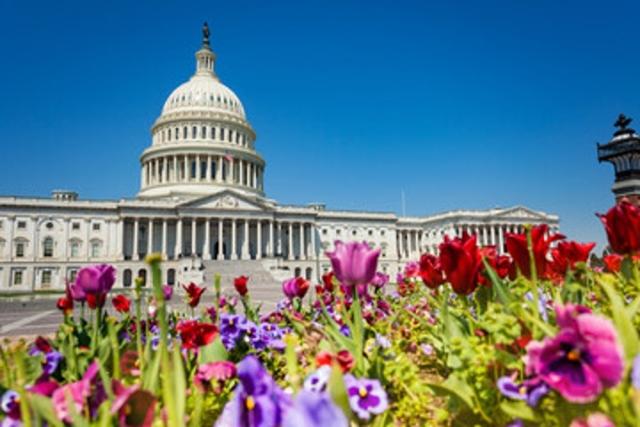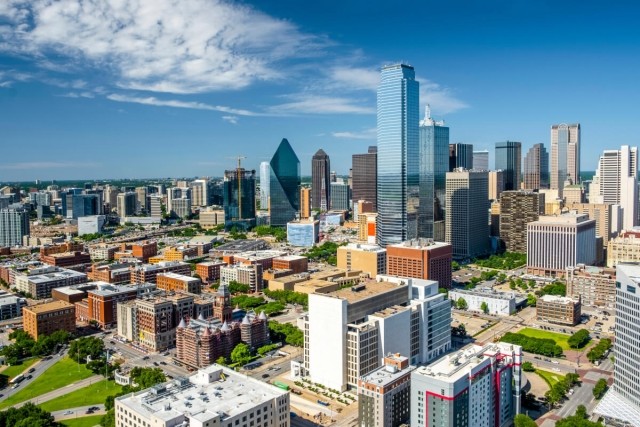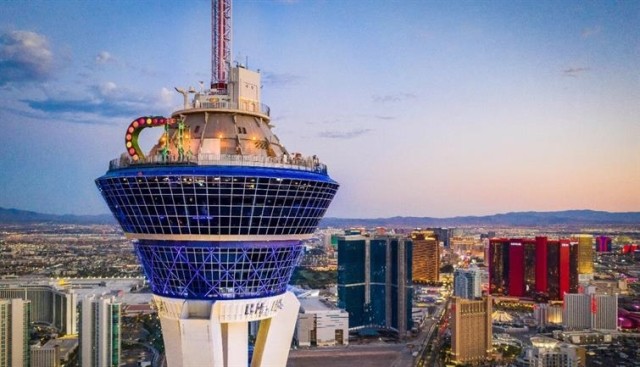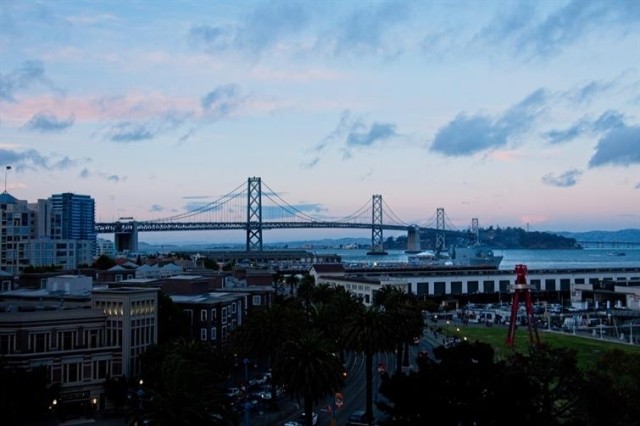When you think of Washington, D.C., it probably brings to mind the White House, the Capitol Building, and politics. But there’s so much more to this dynamic district, like five-star restaurants, beautiful parks, and terrific neighborhoods. If you’re thinking of moving to Washington, D.C., you’ll want to research the various communities, compare the average rents, and find the rental that’s right for you.
Neighborhoods in Washington, D.C.
Washington D.C. is made up of many distinct neighborhoods, and you’ll experience a different side of D.C. depending on where you live. Renters who want to be where the action is should consider Adams Morgan for its nightlife, busy shops, and hip coffeehouses and eateries. The neighborhood’s 18th Street is bursting with bars, restaurants, and dance clubs.
Near Adams Morgan is Dupont Circle, which is anchored by a large traffic circle of the same name. It’s laid out with 18th century row houses and brick-lined sidewalks, and it has a number of art galleries and international embassies. Older homes in the area may have rent control, so be sure to verify before renting.
Other great areas around the city include Georgetown, Arboretum, and Anacostia. The Georgetown neighborhood hosts a plethora of historical landmarks, such as the Old Stone House and Georgetown University. A must-see in the community is the Chesapeake and Ohio Canal, which runs alongside its colorful and well-preserved homes.
Arboretum and Anacostia have a lot to offer renters. Both neighborhoods have affordable D.C. apartments, and they boast a community vibe. Arboretum is a place of beauty with the U.S. National Arboretum’s bonsai trees, gardens, and lakes. Anacostia is rich in history and the site of Frederick Douglass’s home. It’s also grown into quite the biking community over the years.
These are just a small sample of the neighborhoods you’ll discover in D.C., but we think you’ll love them!
Washington, D.C. Commute Options
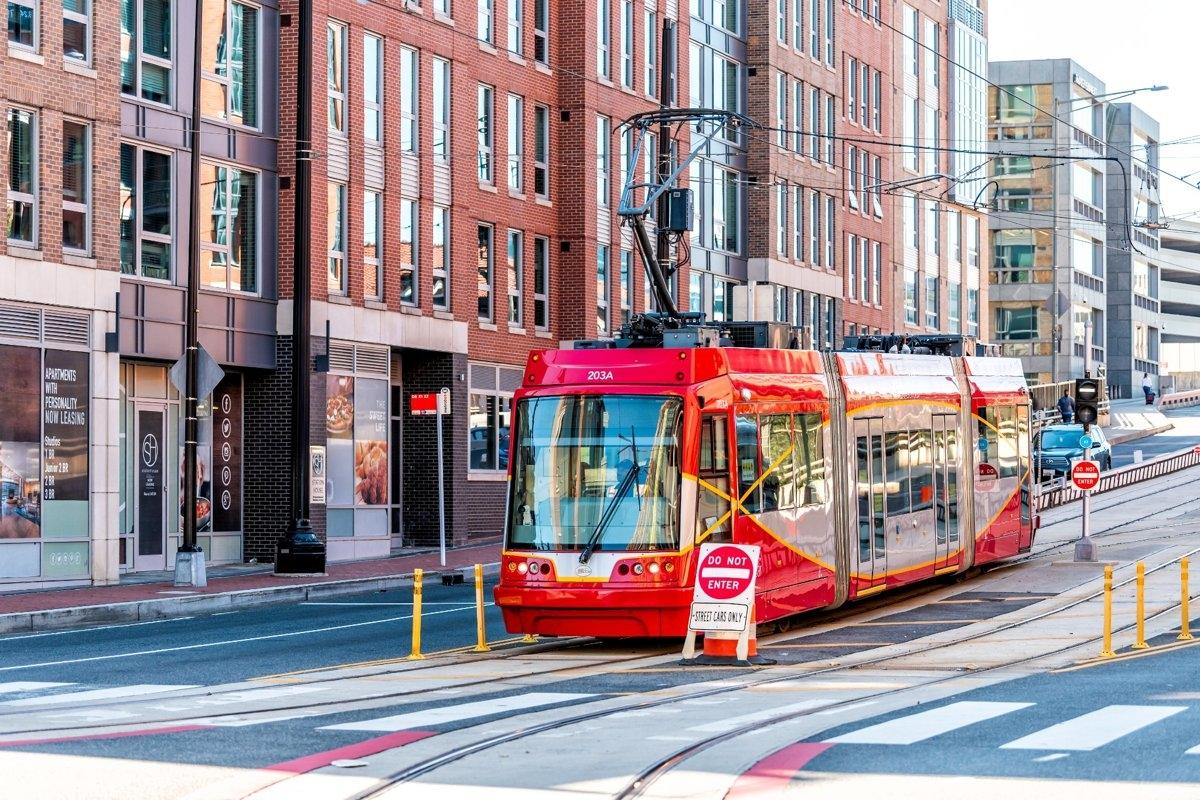
While some may travel by car, the best commute method in Washington D.C. is the Metro, the city’s subway. The rail and bus systems typically have the fastest travel times. Union Station is one of the city’s busiest transit stations; it houses the Metro, Amtrak, MARC (Maryland Rail Commuter), and VRE (Virginia Railway Express) lines for destinations in and outside of the city.
Like many large cities, the parking situation in D.C. is limited and costly – which is why residents strongly rely on public transportation, taxi, and ride-share services. Bike and scooter rentals have also become a popular way of getting around. Washington D.C. has accumulated over 45 miles of dedicated biking lanes, 110 bike rack rental locations, plus a number of dockless electronic scooters.
If you’re a frequent flyer, it’s good to familiarize yourself with the closest airport and the fastest way to get there. While renting in Washington D.C., you have three airports at your disposal:
- Ronald Regan National Airport (DCA) – Arlington, VA
- Dulles International Airport (IAD) – Dulles, VA
- Baltimore-Washington Thurgood Marshall Airport (BWI) – Baltimore, MD
Most people living in D.C. take the Metro around the city – and that includes DCA and IAD airports. To get to BWI, you can hop on the BWI shuttle at Union Station.
Restaurants in Washington, D.C.
D.C. has tremendous food and a full variety of it. You’ll find almost every cuisine from around the world here in the capital. The Columbia Heights neighborhood is recognized for Filipino fare. You can find wonderful Middle Eastern dishes along U Street and Caribbean cuisine on the Southwest Waterfront. The dining scene is alive and well in D.C.
There are more than 25 Michelin-starred restaurants in D.C., along with a variety of gourmet options. You’ll also find many affordable places to eat, such as the legendary Ben’s Chili Bowl (it’s recommended you get the D.C. "half smoke" sandwich). To dine in Washington D.C., it’s a good idea to make a reservation, since restaurants tend to fill up quickly after work and on the weekends.
Things to Do in the D.C. Area
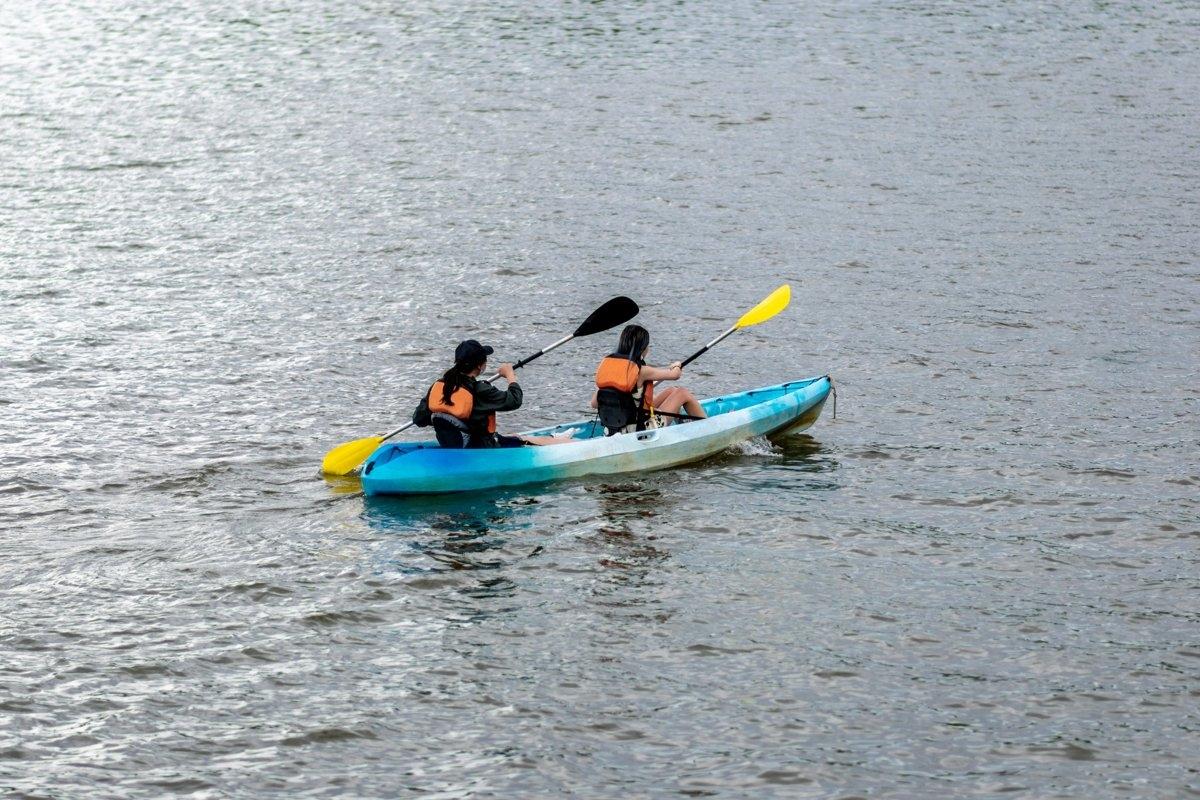
Visit wineries
Wine isn’t just a California thing; the D.C. area is brimming with it, too. Loudon County has over 50 wineries and tasting rooms, providing residents plenty of options. Each D.C. winery is placed into one of six clusters: Loudon Heights, Waterford, Potomac, Mosby, Harmony, and Snickers Gap.
Go shopping
If you like to shop, Washington D.C. has tons of places to do just that. Georgetown is great for accessories and outerwear. Downtown D.C. has CityCenterDC, a 10-acre outdoor plaza bursting with high-end shops, department stores, and restaurants. U Street and 14th Street are both hip in nature and feature trendsetter fashions, cool furniture outlets, antiques, and affordable jewelry.
Cheer for sports teams
In D.C., sports are a serious … sport. Residents can cheer on the Washington Commanders at FedExField, the Washington Nationals at Nationals Park, the Washington Capitals and the Washington Wizards at Capital One Arena, and D.C. United at Audi Field. And that’s just on the professional side. College fans can cheer on 16 different teams, including the University of Maryland, Marymount University, Howard University, Georgetown University, and George Washington University.
Cruise the river
The Potomac River is another attraction of the city, and it acts as a natural border between the capital and Virginia. Renters have probably noticed pontoons and yachts sailing the river, especially during the spring and summer seasons. The river flows into the Chesapeake Bay and into the Atlantic. It’s a great resource for commercial fishing, dinner cruises, and taking in the city sights and famous Japanese cherry blossoms.
As you can see, there’s a lot to explore in this small but highly influential community. You’ll discover something new every day, even when you’re just strolling down the street. Keep your eyes open for city plaques along your route – they’re everywhere and provide readers a detailed description of the history (or historic significance) that took place at the very spot you’re standing in.
Working in Washington, D.C.
Of course, when it comes to employment in the D.C. area, the federal government tops the list. Moving to Washington D.C. is a huge step for those who’ve aspired – or fully trained – to become a member of the legislative, executive, and judicial branches of the government. Though, there are also many other areas of work that make up the largest areas of employment. The District of Columbia School system is a big D.C. employer. Other areas of work to consider include healthcare, technology, and real estate.
There's so much to see and do in the nation's capital. Are you thinking of making the move? Don't procrastinate. Start your search for rentals in Washington, D.C. now!
*Originally published on April 7, 2016


